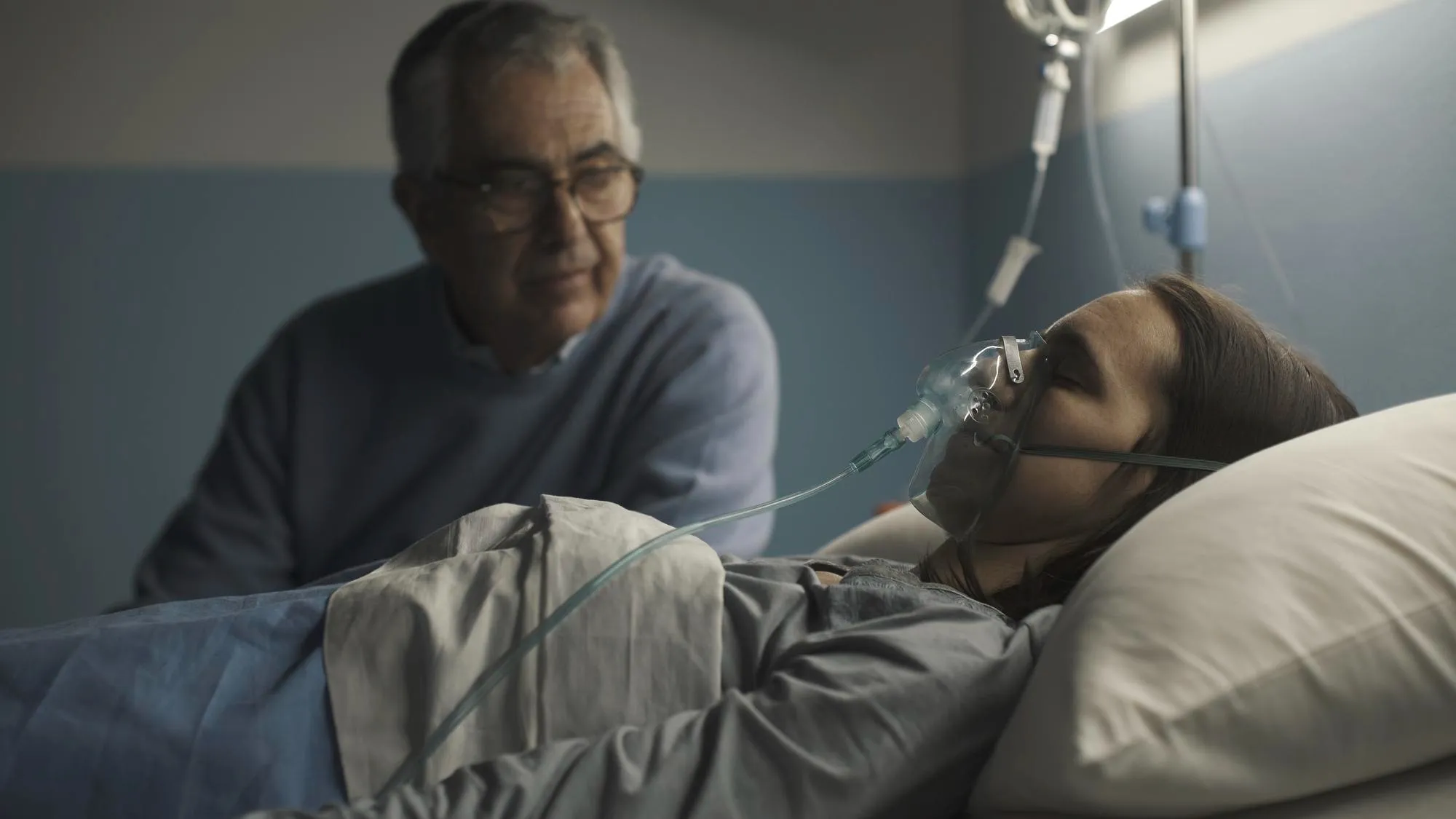In the serene landscapes of Flanders, a region in Belgium, the intrinsic link between mental health and general practice has been the focus of a significant observational study regarding the care of patients before and after a suicide attempt. This research, detailed in BMJ Open, delves into the critical interactions between general practitioners (GPs) and their patients, shedding light on the strengths and areas needing enhancement in the management of suicidal behavior.
In an extensive study titled “Care of general practice patients preceding and following a suicide attempt: observational study in Flemish general practices” with the DOI: 10.1136/bmjopen-2018-028546, researchers examined three critical aspects of patient care related to suicide attempts:
1. The general practitioners’ knowledge about the care needs of their patients.
2. The quality of GP follow-up care post-suicide attempt.
3. The transfer of patient care information from hospitals/emergency services (ES) to GPs.
Published in BMJ Open (e028546), the study’s findings offer a comprehensive understanding of the complex role that general practitioners play in suicide prevention and what can be improved to better address this public health issue.
The Study
Spanning from 2013-2016, the study, headed by Nicole Boffin from Epidemiology and Public Health at Sciensano in Brussels, was conducted in cooperation with 105 general practices affiliated with the Belgian Network of Sentinel General Practices (SGP). It included 245 cases of suicide attempts by regular patients, forming a representative sample of Flemish GPs.
Structured forms were employed to collect a range of care-related measures, and the quality of follow-up care was evaluated based on ten specific interventions.
Key Findings
The study surfaced some troubling statistics regarding GP knowledge of their patients’ mental health status and risks. Notably, 10.5% of sentinel general practices failed to report if a suicide risk was recognized in patients within a month before the suicide attempt. Furthermore, in terms of previous suicide attempts and whether a patient was undergoing mental health treatment at follow-up, 9.0% and 22.5% of records were incomplete, respectively.
Quality of follow-up care indicators revealed that contact between the GP and patient was established after 90.5% of suicide attempts, but planned follow-up appointments were only arranged following 43.4% of those incidents. GP contact with patient proxies occurred subsequent to 62.8% of the attempts.
Contributing Factors
Several determinants were correlated with enhanced quality of care, including:
1. Patient age ≥65 years (Odds Ratio (OR) 4.09)
2. A recent GP-patient contact before the suicide attempt (OR 1.97)
3. Depression diagnosis in the patient (OR 1.96)
4. The practice’s location in a suburban area (OR 2.34)
Prompt and adequate transmission of patient care information from hospitals to GPs occurred in just 67.8% of cases where it was warranted, with the location of the SGP practice being a significant determinant of whether such information was received.
Room for Improvement
While the study makes it evident that GPs are at the forefront of suicide attempter care, there’s much room for improvement, particularly in ensuring informational continuity between hospital services and GPs.
Using This Research
The insights garnered from this research have the potential to influence policy-making and initiate change in general practice management to better address and prevent suicide attempts. It’s a call to action for system-wide improvement, necessitating better education, more structured follow-up protocols, and improved communication channels with hospital services.
Keywords
1. Suicide Prevention in General Practice
2. GP Follow-Up Care Quality
3. General Practice and Mental Health
4. Suicide Attempt Patient Care
5. Hospital Communication with GPs
References
1. Boffin, N., Van Casteren, V., & De Ridder, K. (2019). Care of general practice patients preceding and following a suicide attempt: observational study in Flemish general practices. BMJ Open, 9(5), e028546. DOI: 10.1136/bmjopen-2018-028546
2. Luoma, J. B., Martin, C. E., & Pearson, J. L. (2002). Contact with mental health and primary care providers before suicide: a review of the evidence. American Journal of Psychiatry, 159(6), 909-916. DOI: 10.1176/appi.ajp.159.6.909
3. Milner, A., Witt, K., Pirkis, J., et al. (2017). The effectiveness of suicide prevention delivered by GPs: a systematic review and meta-analysis. Journal of Affective Disorders, 210, 294-302. DOI: 10.1016/j.jad.2016.12.035
4. Van der Feltz-Cornelis, C. M., Sarchiapone, M., Postuvan, V., et al. (2011). Best Practice Elements of Multilevel Suicide Prevention Strategies. Crisis, 32(6), 319-333. DOI: 10.1027/0227-5910/a000109
5. Kapur, N., House, A., May, C., et al. (2003). Service provision and outcome for deliberate self-poisoning in adults–results from a six centre descriptive study. Social Psychiatry and Psychiatric Epidemiology, 38(7), 390-395. DOI: 10.1007/s00127-003-0647-y
This comprehensive study not only emphasizes the role GPs can play in suicide prevention but also highlights the actionable areas where healthcare systems can aim for better communication, training, and intervention to save lives.
